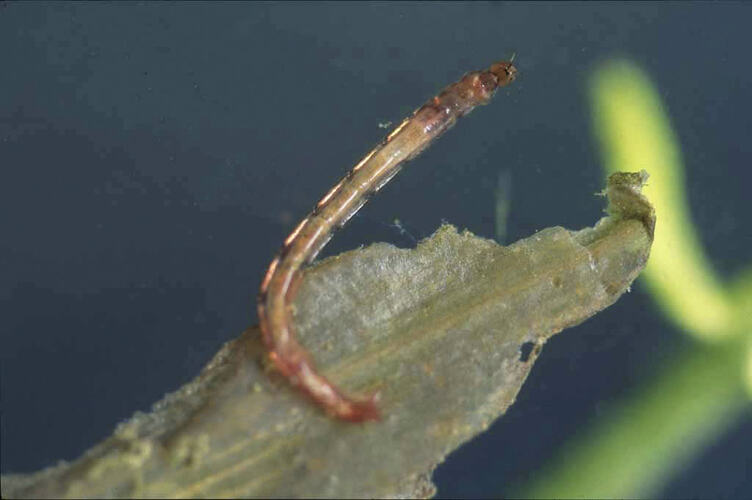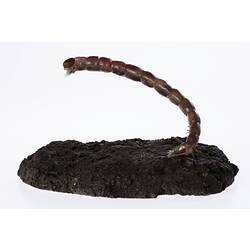General Description
Body cylindrical with a hardened (sclerotised) head. Pair of small legs (prolegs) immediately behind the head and on the last segment of the abdomen. Colour varies, including red or brown. Up to 1 cm long.
Biology
Some of these midges are red, containing haemoglobin (also present in human blood), which enables them to live in waters with low oxygen concentrations. Different species have different feeding habits; some are predators, some are herbivores.
Distribution
Worldwide. Mainland Australia and Tasmania.
Habitat
Flowing or still water, usually under rocks, buried in mud or enclosed in tubes.
More Information
-
Animal Type
-
Animal SubType
-
Brief Id
Cylindrical body, hard head, pair of legs behind head and at end of abdomen.
-
Diet
Omnivore
-
Diet Categories
Algae, Organic matter, Invertebrates
-
Endemicity
-
Taxon Name
-
Common Name
Non-biting Midge
-
Kingdom
-
Phylum
-
Subphylum
-
Superclass
-
Class
-
Order
-
Family


